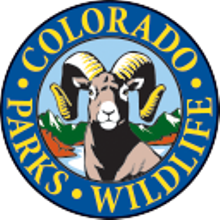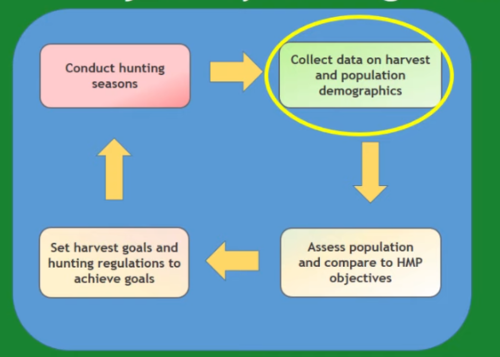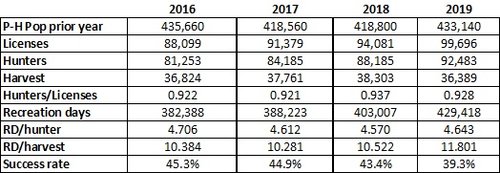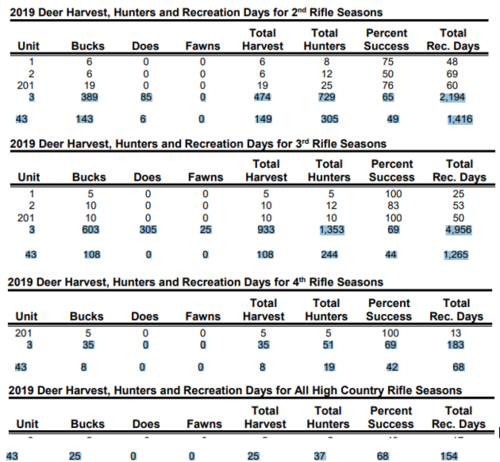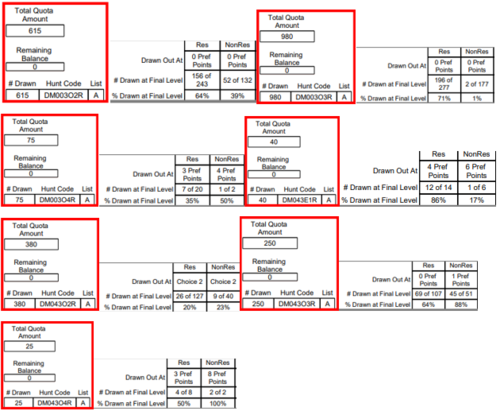LuketheDog
Well-known member
As a non-resident planning on cashing in 13 years worth of preference points, it definitely doesn't give me a warm and fuzzy feeling reading that article. I know lots of people think he's just one hunter that had a bad year but I haven't heard anything good coming from Colorado. Obviously there are still some big bucks like Oak's but the vast majority of reports I have heard were pretty grim. I just wish I knew for sure if it was just a bad year or if numbers were truly down. Its kind of a tough spot to be in, I'd hold off on applying but with the changes to the season structure and the rumors of management changing in response to CWD I just don't know if its going to get better.
Well now, if your a NON-resident, then the article is spot on! The herd is in decline, the big bucks are gone, everything you hear is true...




